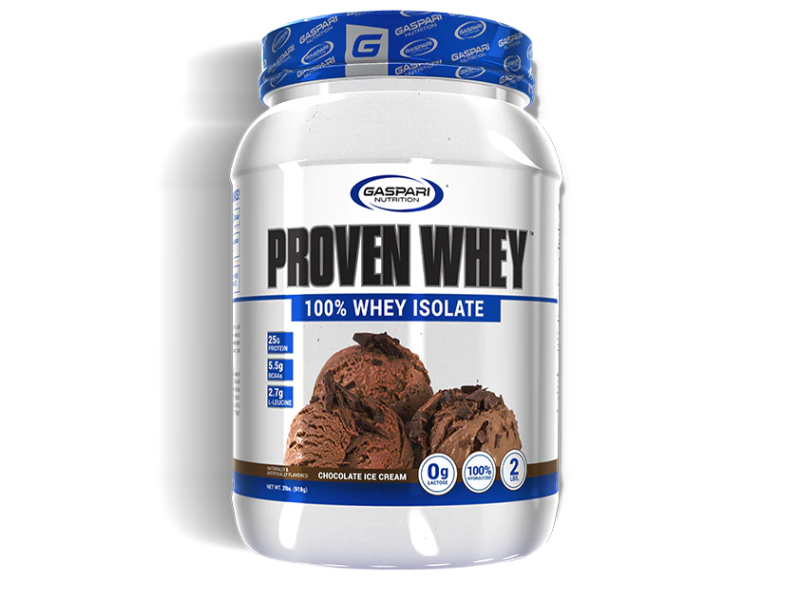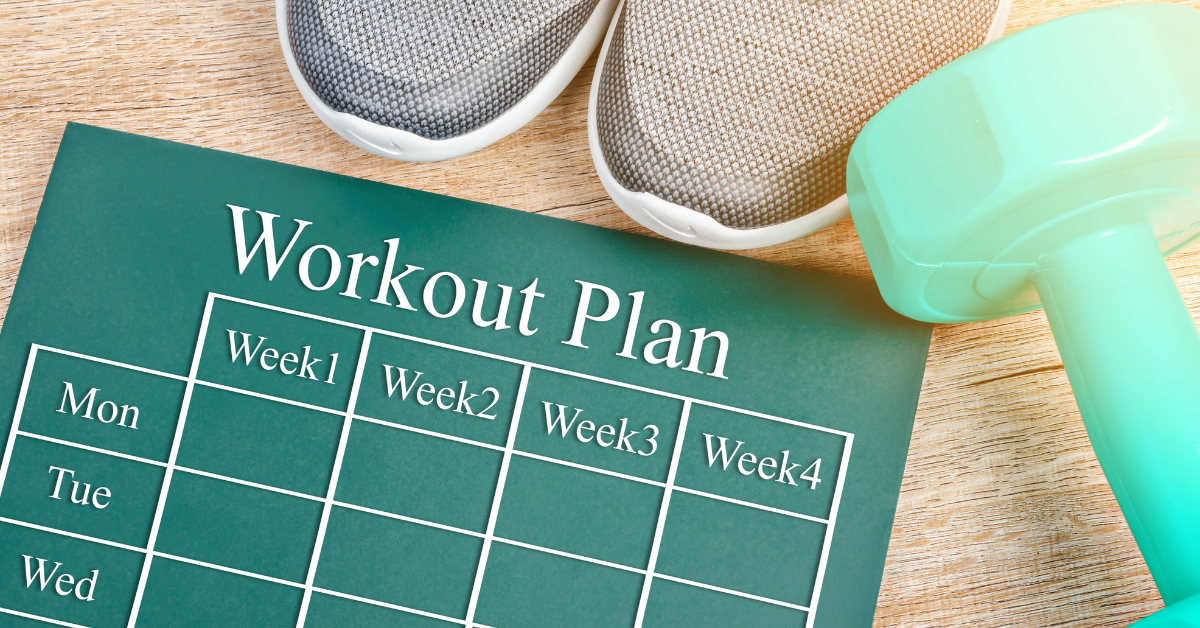Gaspari Nutrition explores the benefits and techniques of mastering the five day split workout, an advanced strategy that targets every muscle group effectively for optimal growth and recovery. By dividing your workout routine into five separate sessions, each dedicated to a specific muscle group, this method allows for increased training volume and intensity, leading to potentially greater muscle size and strength. To maximize the benefits of the five day split workout, it's essential to balance muscle groups and recovery time, avoid common mistakes, and prioritize proper nutrition and recovery techniques. Gaspari Nutrition's supplements, such as whey protein and recovery products, can also help muscle building and recovery to maximize benefits during your split.
Key Takeaways: Mastering the Five Day Split Workout
- A five day split workout divides your routine into five separate sessions, each focusing on a specific muscle group, allowing for increased training volume and intensity.
- Balancing muscle group selection and recovery time is important to maximize muscle growth and minimize the risk of overtraining.
- Common mistakes to avoid include poor muscle group selection, neglecting recovery, and mismatched intensity.
Whether you're an aspiring bodybuilder or a dedicated fitness aficionado, mastering the five day split workout can be your ticket to unlocking new levels of muscle growth and strength. Let's dive into how this method works and why it might be the game-changer you're looking for in your fitness journey.
What is a Five Day Split Workout?
A five day split workout is a training program that divides your workout routine into five separate sessions, each dedicated to a specific muscle group or groups. Unlike full body workouts, this approach allows you to focus intensely on a particular muscle group each day, so that every part of your body gets the attention it needs for optimal growth and recovery.
Balancing Muscle Groups and Recovery Time
Crafting the perfect five day split requires a strategic balance between working each muscle group sufficiently and allowing enough recovery time. This balance is important because muscle growth occurs during the rest period, not while lifting weights. By giving each muscle group a dedicated training session, followed by several days of rest, you can stimulate muscle hypertrophy effectively while minimizing the risk of overtraining.
Benefits of a Five Day Split Workout

The benefits of a five day split workout are numerous, especially for intermediate to advanced lifters who require more specialized training to continue making gains.
This type of workout split allows for increased training volume and intensity for specific muscle groups, leading to potentially greater muscle size and strength. Here's how to maximize the benefits of a five day split:
- By training different muscle groups on separate days, you can maintain a high level of intensity throughout the week, which is often not sustainable with full body workouts.
- To harness the full potential of your five day split workout, striking the right balance between intensity and volume is key. Intensity refers to the amount of weight you lift, while volume is about the number of sets and repetitions you perform.
- For muscle growth, choosing heavier weights with lower reps, around 4-6 per set, can be effective. However, make sure you're not compromising on form. It's better to perform fewer, high-quality reps than to risk injury with sloppy technique.
Common Mistakes to Avoid in a Five Day Split Workout
When structured properly, a five day workout split can lead to impressive muscle growth and strength gains. However, a few common pitfalls can derail your progress. Here's what to watch out for:
- Poor Muscle Group Selection: Choosing the right muscle groups for specific days is vital to avoid overtraining. For example, follow a chest day with a lower body workout, giving your upper body the break it needs.
- Neglecting Recovery: Recovery is essential for muscle growth, which occurs during rest. Skimping on rest days or not allowing enough time for muscle repair can impede gains; it's important to incorporate rest days and honor the recovery process.
- Mismatched Intensity: Workout intensity should align with your fitness level and goals. Lifting too heavy too soon or not challenging yourself enough can be counterproductive. Match intensity to capabilities to effectively push limits while avoiding injury.
Proper Nutrition and Recovery Techniques

To complement your five day workout split, proper nutrition and recovery techniques are non-negotiable. They're the bedrock of muscle repair, growth, and overall fitness improvement.
Importance of Nutrition
Nutrition fuels your workouts and aids in recovery.
Eating a well-rounded diet that includes ample protein, carbohydrates, and healthy fats aids in muscle repair and growth. In addition, staying hydrated and timing your meals can optimize performance and recovery.
Recovery Techniques
Beyond nutrition, recovery encompasses a variety of techniques. These include getting adequate sleep, utilizing massage or foam rolling to alleviate muscle tension, and incorporating stretching or yoga to enhance flexibility. Cold showers or ice baths can also help reduce muscle soreness and inflammation. Remember, recovery is just as important as the workout itself.
Gaspari Nutrition: Supplementation to Boost Five Day Split Gains

Gaspari Nutrition has many types of supplements to help you recover and build muscle during your five day split. These can help you achieve your goals at a quicker rate, such as:
Frequently Asked Questions
How much weight should I lift in a five day split workout?
The weight you should lift in a five day split workout depends on your individual strength and fitness level. A general guideline is to choose a weight that allows you to perform the desired number of reps with good form but feels challenging by the last rep.
How can I modify the five day split workout for my fitness level?
To modify the five day split workout for your fitness level, consider the following adjustments: If you're a beginner, reduce the number of sets and focus on learning the proper form for each exercise. Intermediate lifters can increase the weight load slightly and incorporate a mix of compound and isolation exercises. Advanced lifters might add more sets or incorporate advanced techniques like supersets or drop sets. Always prioritize good form, and don't hesitate to ask a personal trainer for guidance on structuring your workout for your specific needs.













































































Share:
The Importance of Warming Up Before Working Out
Wrist Wraps vs Lifting Straps: Which Should You Choose?